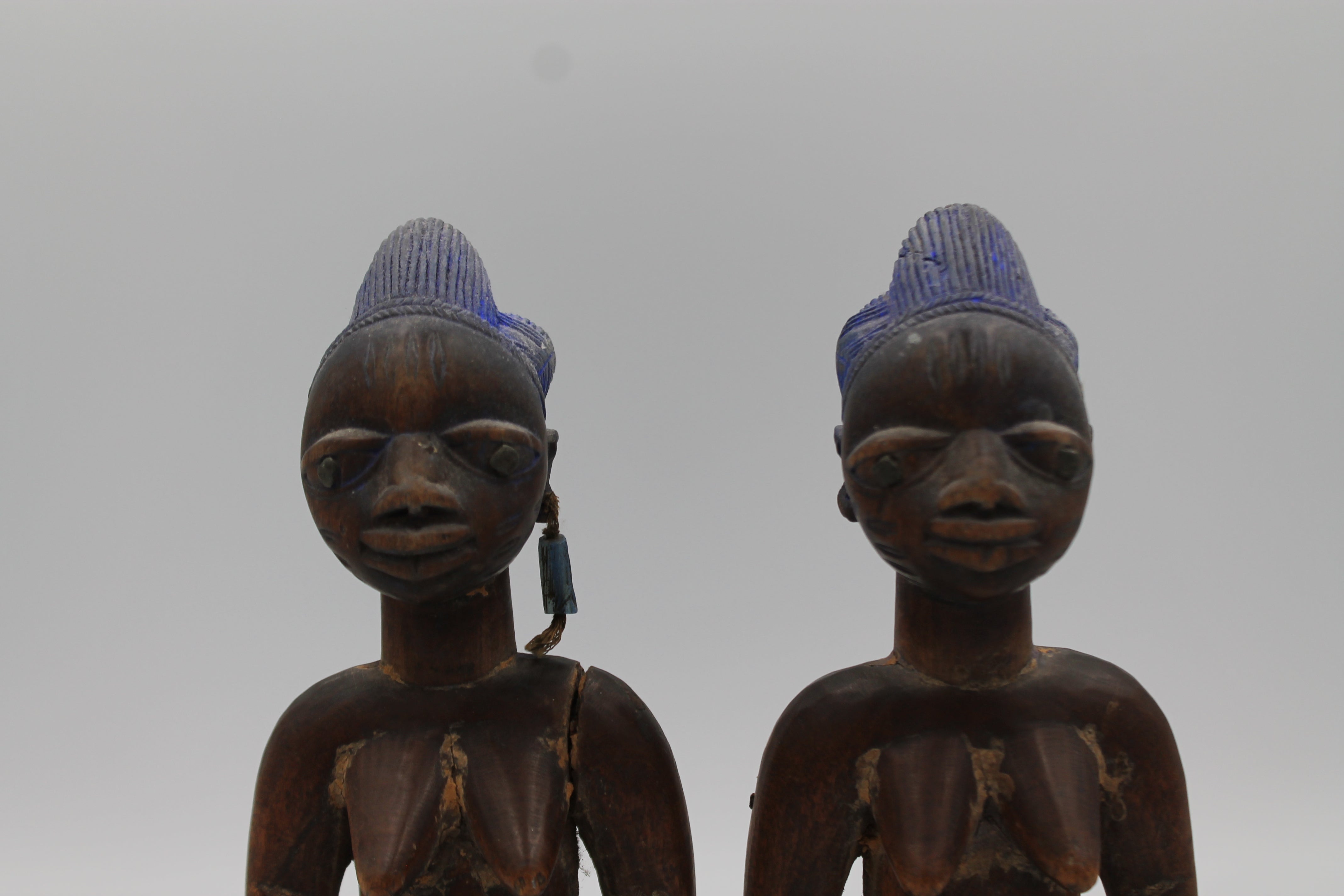
Material Memory: What Objects Are Made Of
Long before an object is shaped by the hand, it’s shaped by the earth.
Clay pulled from riverbeds. Wood seasoned by heat and time. Stone pressed into form by ritual or repetition.
Material is the beginning of meaning.
We start not just with what something looks like, but with what it’s made of. Because matter remembers. It absorbs climate. Carries marks of use. Holds tension and tenderness alike.
A terracotta bowl, its surface rough with mineral deposits. A carved mask, smoothed by years of handling. A stone figurine that feels heavier than its size suggests — because of what it’s held.
They aren't merely parts of construction. They’re records of making, holding, and time. The pigment that softened. The crack that didn’t break. The texture that tells us how it was once used, and by whom.
Sometimes, what draws us in is not the shape or origin — but the grain, the tone, the trace of time layered into the thing itself.
Living with something long enough reveals its material truth — how it was shaped, how it holds space, how it stays.

